Camp X: Canada’s ‘Dirty Tricks’ Spy School Trained US & British Saboteurs
Former CIA officer John R. Seeger - an expert on counterintelligence, counterterrorism, and insider threats - visited Toronto to uncover some of the secrets of WWII’s Camp X spy school for saboteurs, secret agents, and assassins.
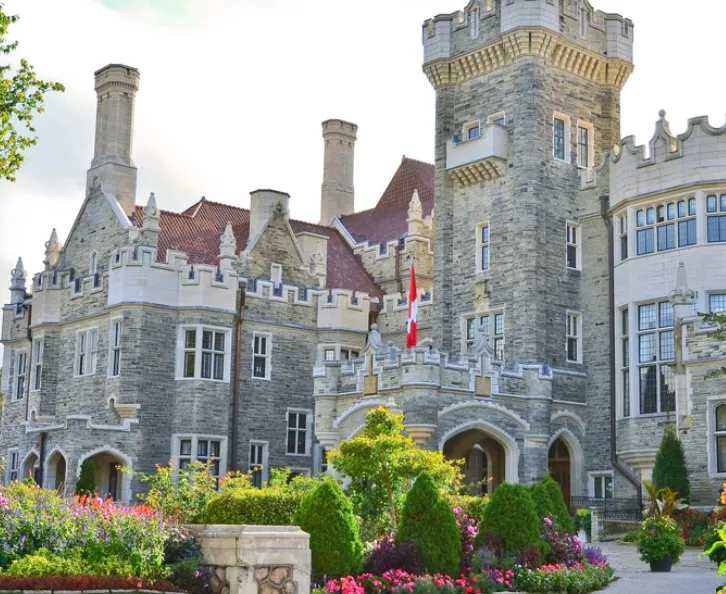
On a hilltop overlooking Toronto, the museum at Casa Loma provides visitors with an understanding of what life was like for a wealthy, self-made Canadian during the Gilded Age before WWI. As interesting as the story of Sir Henry Pellatt and his wife is, there is another story hidden away on the third floor of this Neo-Gothic structure.
The third floor is dedicated to the history of the Queen’s Own Rifles, a Canadian regiment that fought in UK conflicts from the Boer War to the 21st conflict in Afghanistan and to another Toronto military unit, the 2 Intelligence Company. Tucked away from the conventional military stories told on the third floor is a room dedicated to the first intelligence training center ever created in North America: Special Training School 103 also known as Camp X - an arm of the British Special Operations Executive (SOE).
Another room on the third floor focuses on Casa Loma’s role as one of the engineering labs for Special Operations gadgets. While not as extensive as the labs in the UK or the US, the Canadian facility supported Canadian SOE trainees and, eventually, Canadians dispatched behind enemy lines in Nazi-occupied Europe.
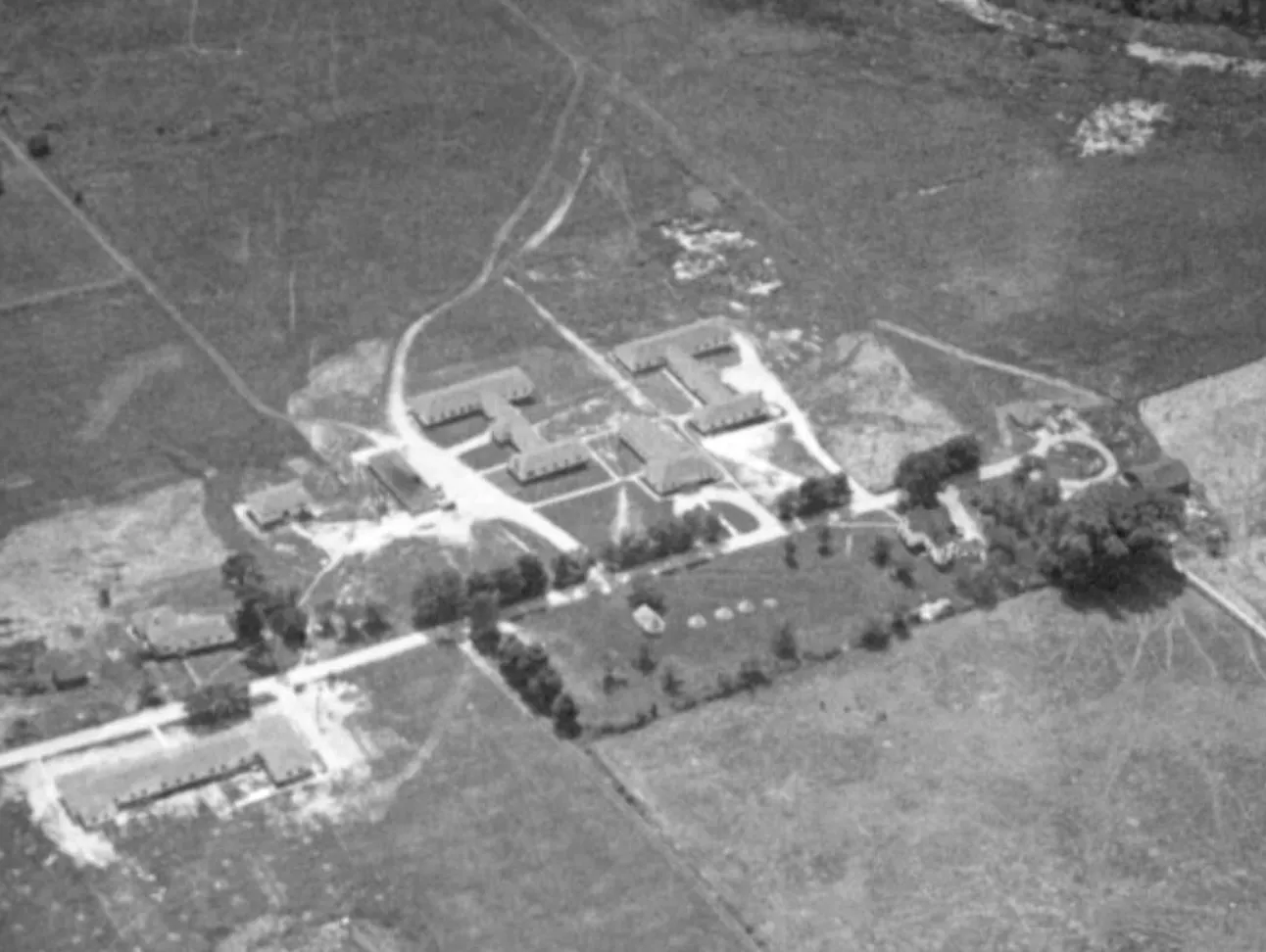
Churchill’s SOE
In the darkest days of 1940 after Dunkirk, British Prime Minister Winston Churchill pushed his government to create a series of paramilitary structures designed to take the fight to the Nazis. One of these was the SOE focused on supporting resistance forces throughout Occupied Europe and conducting sabotage and subversion - or, as Churchill is attributed to have said, “setting Europe ablaze”.
The story of SOE operations has been told many times in books, films, and on radio. Creating operations in Europe required well-trained operatives and eccentric equipment that would support resistance operations. By early 1941, the SOE had a number of different training facilities, known as Special Training Schools, in Great Britain. Recruits would enter a basic training program that tested their physical and mental endurance, then move on to specialty training venues, and finally to a ‘finishing school’ prior to their insertion by parachute or small boat.
As SOE programs expanded, the SOE chief of operations (and future commander of SOE), Major General Sir Colin Gubbins - known in dispatches at the time as ‘M’ - realized that the organization needed more foreign language capability as well as men and women experienced in rustic conditions that were part and parcel of resistance work in Europe.

"The brand new social experience where you activate your gaming skills as you train like a spy."
- TimeOut
Take on thrilling, high-energy espionage challenges across different game zones.

Camp X spy school
After a pair of UK visits by William J. Donovan in 1940 and 1941, Gubbins also realized that there would be a significant strategic benefit in building a recruitment and training enterprise in North America. The US was still officially neutral even if Donovan, with his official title of Coordinator of Information (COI), was already discussing with the US President the creation of a Special Operations capability.
The UK intelligence and Special Operations representative based in New York, Canadian war hero William Stephenson, pushed for a training facility in Canada that would serve as a pipeline for Canadian SOE recruits as well as a venue where some of ‘Wild Bill’ Donovan’s staff could observe (and possibly complete) basic SOE training. Donovan agreed and, beginning in October 1941, provided COI funds to help build the camp on the north shore of Lake Ontario. Camp X officially opened in December 1941. That same month, the Japanese attacked Pearl Harbor.
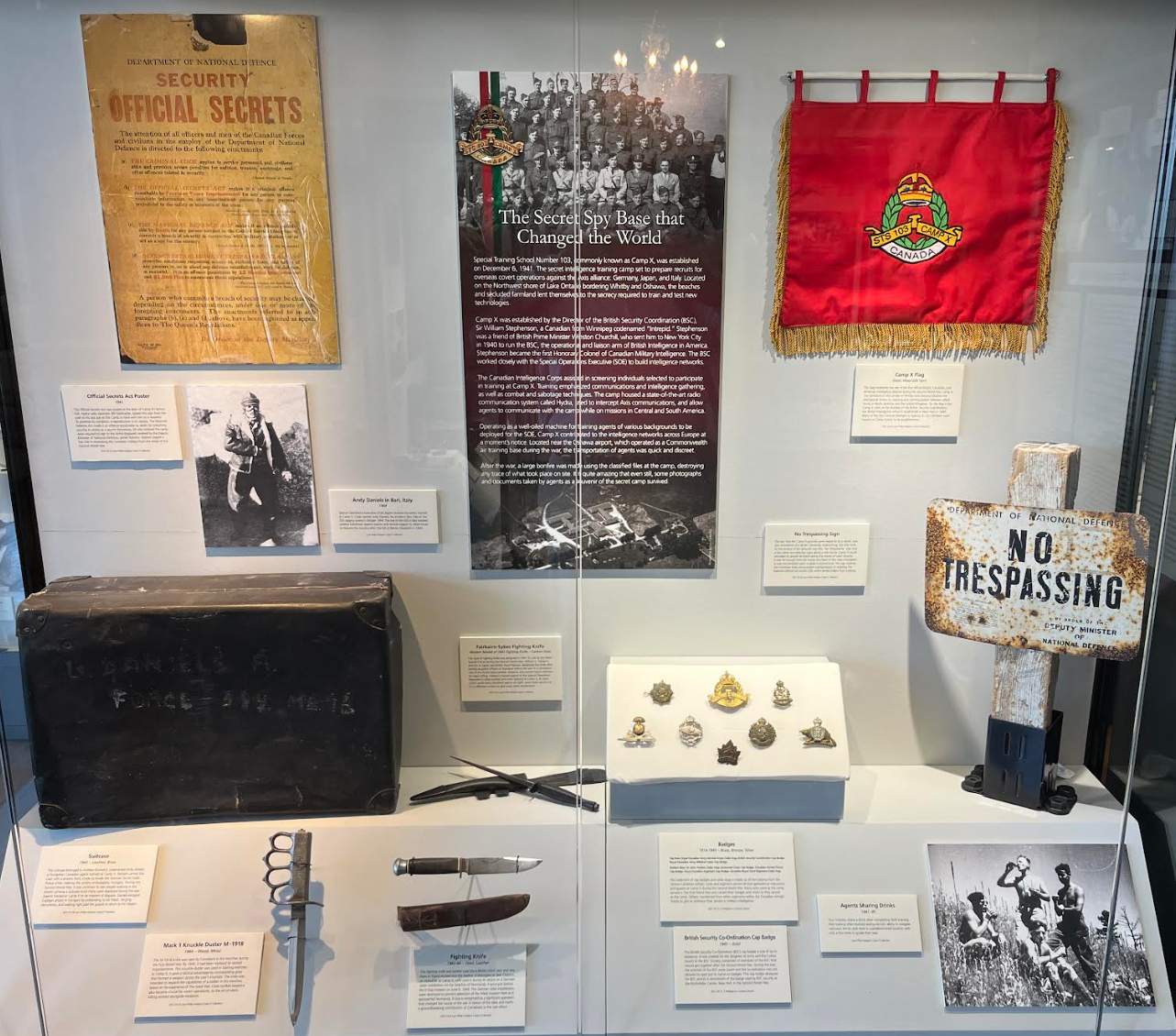
Spies and saboteurs
Camp X was a ‘basic training’ camp for Special Operations, spies, and saboteurs. Canadians who passed through the basic training were then dispatched to the UK to complete further training. Canadians with excellent central and southern European language skills as well as French Canadians served as the Canadian SOE cadre at the camp.
By the time the training program was in place, the US was at war and Donovan sent a US cadre of staff officers, future intelligence collectors, and Special Operators to attend the training. US officers dispatched to run agents in the field in neutral European countries and North Africa attended the month-long course. Half of the leaders of the first US Special Operation force, known eventually as Detachment 101 once COI transitioned to OSS, trained at Camp X before heading to the China-Burma-India theater to work with the Kachin people in Northern Burma.
The training program at Camp X followed a standard basic training program at all SOE special training schools. Students went through a mix of physical and mental exercises as well as training on small arms, hand-to-hand combat, and explosives training. They learned how to live a cover story and how to work against a determined adversary. The final problems were diverse, but always involved collecting real intelligence from one of the many different Canadian military facilities or industries supporting the war effort.
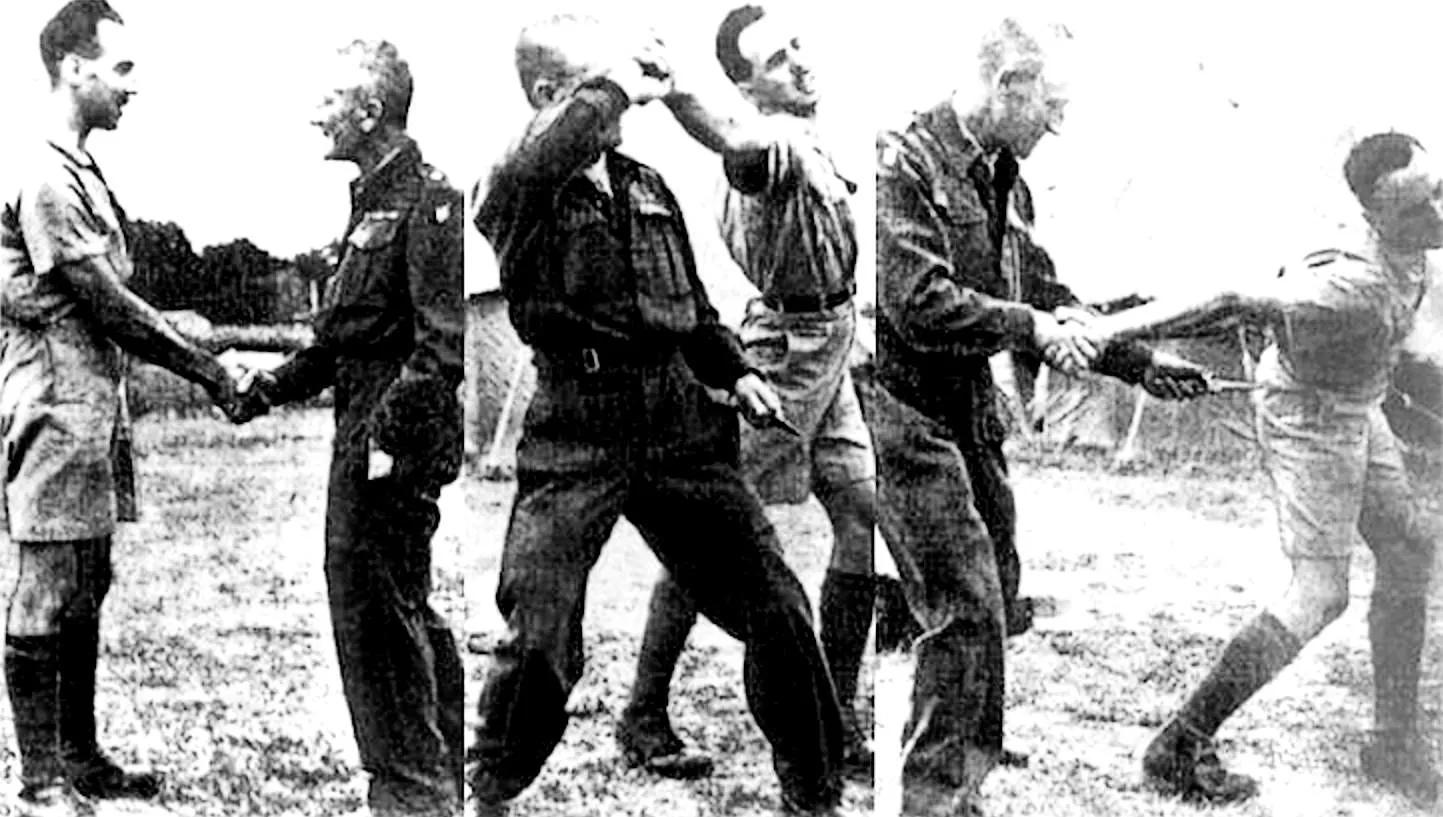
Ungentlemanly warfare
STS 103 had luminaries pass through the halls. The most famous of the trainers, William E. Fairbairn, served as a Shanghai police officer in the 1930s. He knew hand-to-hand combat and had combat shooting skills. He was already an infamous SOE trainer when he went to Camp X where he spent days training men and women the deadly skills of unarmed, knife, and pistol combat.
He supervised the building of what was known as the ‘House of Horrors’ where students worked through several challenges in the dark with only a pistol.

Fleming, Ian Fleming
In 1942, Fairbairn was detailed to the OSS training facilities for the remainder of the war. It was in Fairbairn’s Camp X House of Horrors that another famous figure, Ian Fleming - then Commander Ian Fleming, aide to the director of Naval Intelligence, Admiral Godfrey - faced his first real challenge of close combat as well as night operations on (and in) Lake Ontario. While there is no evidence that Donovan himself ever visited the Camp, his deputies attended or observed the classes.
Once the COI transitioned into the wartime organization known as the Office of Strategic Services (OSS), Donovan and his team decided that they needed their own training facilities in the US. In the spring of 1942, Donovan dispatched COI staff officer Garland Williams to Camp X to attend the course and design courses that copied both the basic training at Camp X and the other SOE training facilities in the UK.
On his return, he served as the designer of all subsequent OSS intelligence and Special Operations training. The result was Areas A-F based primarily in National Park lands and, in the case of Area F, the Congressional Golf Club and golf course.
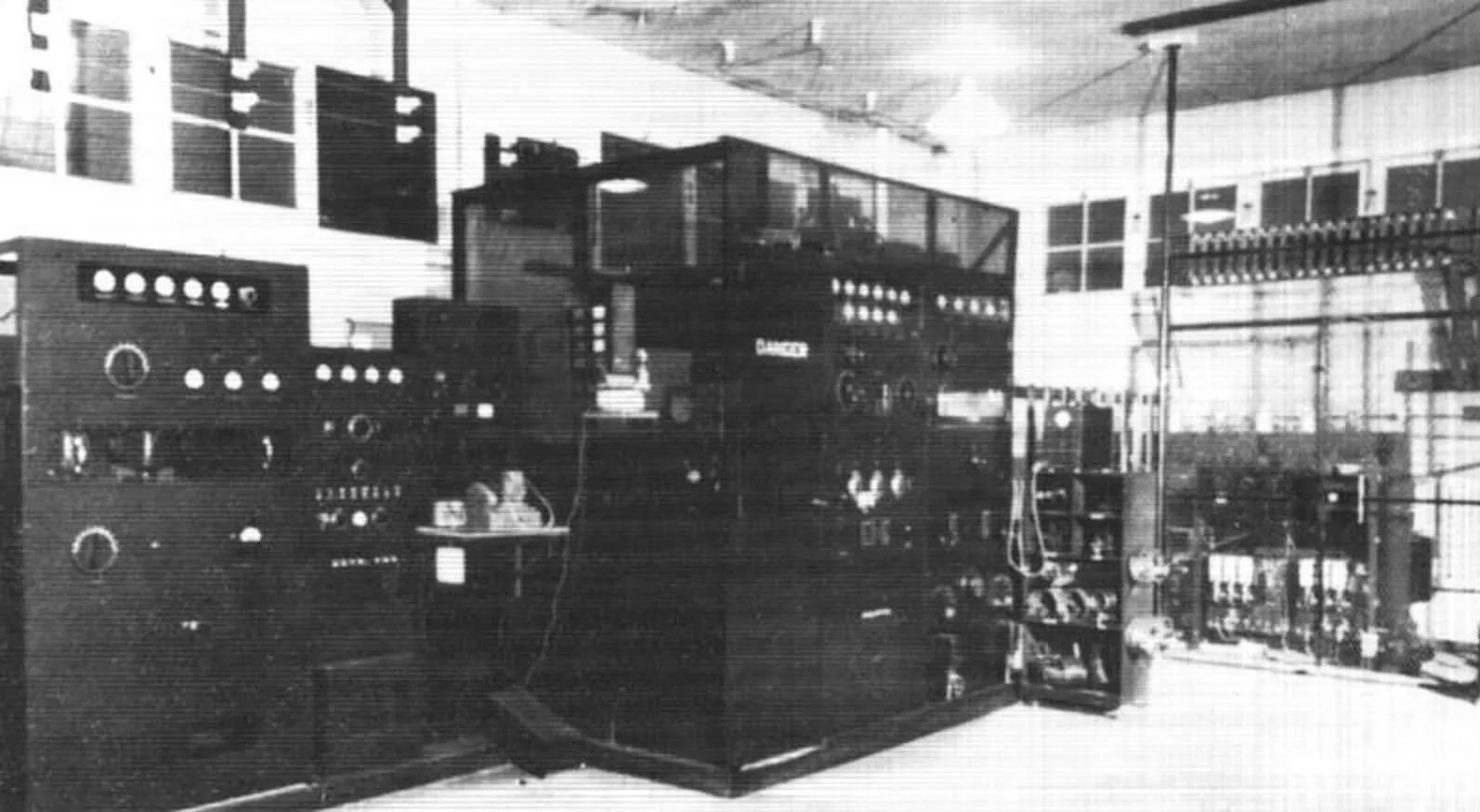
Camp X: SIGINT
Camp X also served as a secret communications center that relayed encoded traffic between London and Washington, D.C. as well as the central training facility for many of the Special Operations communications specialists who subsequently moved into occupied Europe.
In addition, Camp X served as a training center for the Royal Canadian Mounted Police (RCMP) and the FBI counter-espionage personnel as well as FBI personnel who served in the FBI Special Intelligence Service in South America. What better way to train counterintelligence officers than to first expose and train them in clandestine skills?
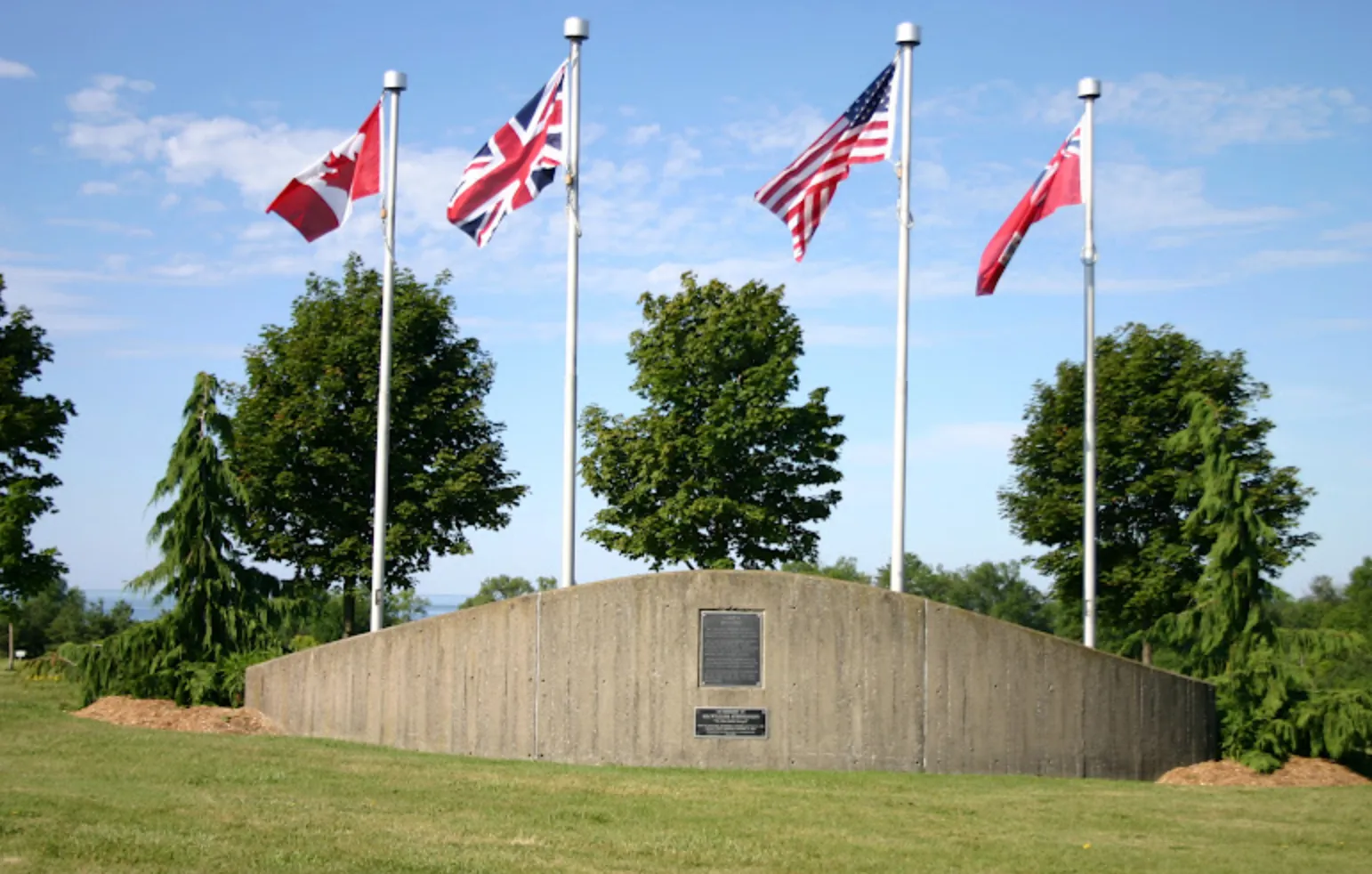
By the end of the war, Camp X was simply one of many training facilities in North America that were no longer required, and it was demobilized. Today, the site of Camp X is identified by a small plaque and flags of the UK, the US, and Canada.
The legacy of this relatively small, Canadian facility remains critical to any understanding of the intelligence partnership that exists today among the UK, US, and Canada intelligence services. Luckily for students of WWII intelligence history, a dedicated cadre of Canadian volunteers are keeping the Camp X story alive at Casa Loma.
***
SPYEX consultant J.R. Seeger, author of the MIKE4 series of novels, is a former CIA division chief of operations and an expert on counterintelligence, insider threats, counterterrorism, and unit leadership. He can be booked at SPYEX.com for training, consulting, and speaking engagements.
SPYSCAPE+

Join now to get True Spies episodes early and ad-free every week, plus subscriber-only Debriefs and Q&As to bring you closer to your favorite spies and stories from the show. You’ll also get our exclusive series The Razumov Files and The Great James Bond Car Robbery!


Gadgets & Gifts
Explore a world of secrets together. Navigate through interactive exhibits and missions to discover your spy roles.
Your Spy Skills
We all have valuable spy skills - your mission is to discover yours. See if you have what it takes to be a secret agent, with our authentic spy skills evaluation* developed by a former Head of Training at British Intelligence. It's FREE so share & compare with friends now!
* Find more information about the scientific methods behind the evaluation here.


Stay Connected
Follow us for the latest
TIKTOK
INSTAGRAM
X
FACEBOOK
YOUTUBE